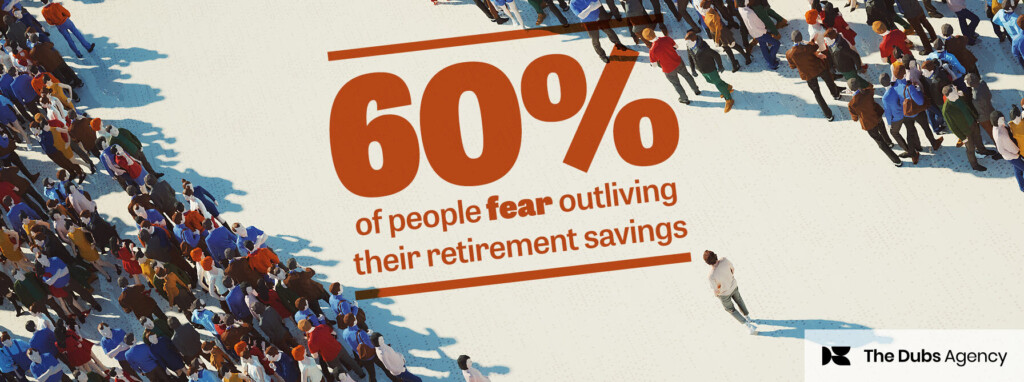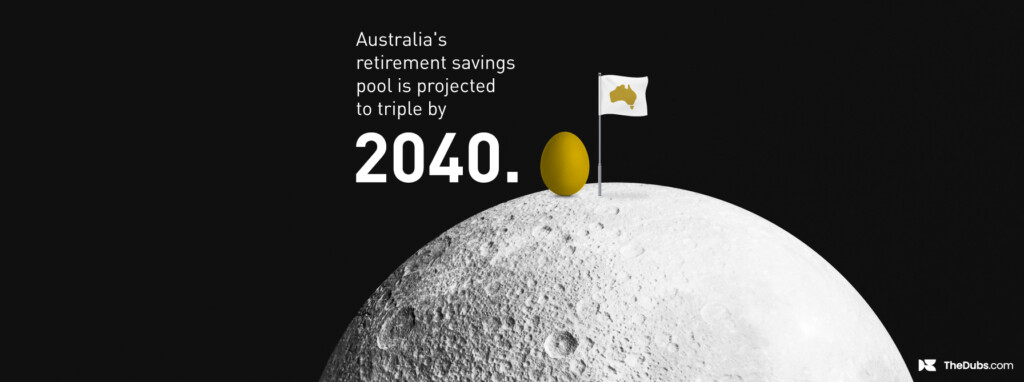Ever unlucky in love, in most parts of the world, there’s not a whole lotta love left in the customer-to-retail-bank relationship. It’s more of a “necessary evil” scenario, a grudging cohabitation. Off the back of recent research, we hold out hope for brand love.
Who do we love? Netflix. We binge, then share lists of our favourite shows with each other. Amazon! How fast is their delivery, how good is one-click shopping? Not to mention those high-profile innovators Google, Uber and Apple. All of these iconic, tech-based brands are delivering simple, intuitive and valuable customer experiences, something that many retail banks struggle with.
What is brand love?
More than just buying products or services, brand love means customers identify with a brand. In reality, what we call “love” is often loyalty built through trust. One US study found trust represents 20% of brand love around the world and is the highest indicator of brand loyalty and admiration.
Sadly, Bain & Company’s 2018 Customer Loyalty in Retail Banking report shows that we don’t really trust banks so much. 54% of respondents said they trust at least one tech company (e.g., Amazon, Apple, Google and PayPal) more than banks in general.
Even harder to hear: the 2017 Brands in Motion (BiM) study asked consumers whether they loved or hated finance and banking companies. 69% in the UK said they hated them; 68% of Australian and 64% of US respondents were haters too.
Figuring out where trust, love and loyalty come from
The Bain & Company study identified 30 elements that drive value for consumers. The higher a company is rated on these, the higher their Net Promoter Scores (NPS), i.e: the more likely customers are to recommend them to others. Banks with the highest (NPS) outperform their competitors in net interest income growth, the report says.
In banking, five of those 30 elements have the greatest impact on NPS, namely:
- Quality
- Saves time
- Simplifies
- Reduces anxiety
- Heirloom (a good investment for future generations)
Where traditional banks fare worst compared to tech companies is in the first three (though direct banks perform better, particularly in saving time and in quality). While quality is the element with the biggest impact on loyalty, only 33% of banks were highly rated on it.
How to find that spark
Challenger banks and fintechs are feeling the love right now, especially from Millennials and Gen Ys. Consumers are also increasingly open to banking with tech companies.
If you want your customers to “love” your bank like they love their iPhone – or at least trust you more, you’ll need to shake up that “quality” offering by rethinking your customer experience, says the Bain & Company report.
Many brands think winning consumer love involves some kind of emotional appeal, but it’s actually mostly rational. It involves managing customer “episodes” better – all the activities involved in fulfilling a customer’s need, whether replacing a lost credit card, paying a bill online or buying a property. Each episode needs to have the friction taken out of it – making it simpler and more digital – which is what challenger banks and tech companies are so good at.
Many brands think winning consumer love involves some kind of emotional appeal, but it’s actually mostly rational.
If you’re a financial brand angling for more good lovin’, Bain & Company says you need to do three things:
- Accelerate digital migration
In the future, we can expect voice-assisted payments and interactions, digital tools and alerts from our banks. It’s a big job for a financial institution – turning the tanker around, but transformation is key to improving customer loyalty, reducing costs of serving customers, and getting more profitable.
Commbank in Australia has confirmed it’s allocating $5 billion mostly to technology over the next five years “to maintain its leadership position in digital banking”. They’ve also announced they’re investing in a ‘buy now, pay later’ fintech, which leads us to our next point. - Don’t stand alone (or you’ll just fragment the market)
Join up with other banks, partner with third parties for additional services or buy technology companies. In Sweden and Poland, groups of banks have caught up to the leading disruptors by joining forces to create apps that are mobile-first, highly functional and consumer-friendly. - Deliver better on emotional elements for specific groups of customers
The key is to figure out which elements matter most to your customers. You might also want to improve the EQ of frontline workers to create what McKinsey calls that “spark” between customer and frontline staff.
Think financial advice and coaching in branch and some of it through an AI-enabled virtual financial assistant. In Germany, Deutsche Bank reduced its branch footprint by 42% between 2010 and 2017, developing new digital and advisory solutions. A larger network of self-service locations complement the branches, plus they set up regional advisory centres to provide advice remotely via digital channels, with audio and visual consulting, as well as online chat.
It’s a small list, but to a lot of banks, it represents a mammoth challenge. Is brand love attainable for traditional banks? Bain & Company believe so. Read the full report here.
Related articles
- Content on LinkedIn: finance brands win back trust
- The most important principles of finance content marketing
- Finance marketers guide to achieving ROI









